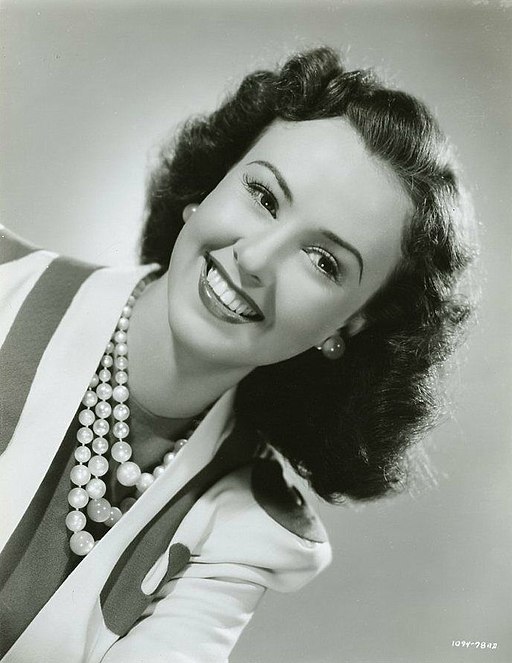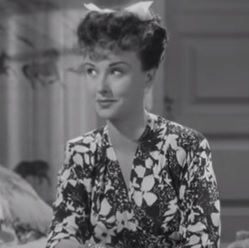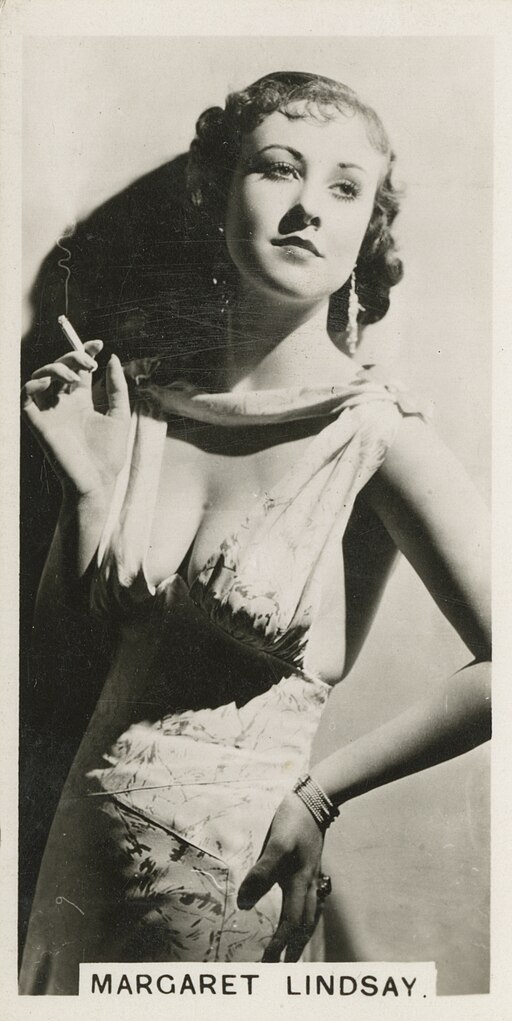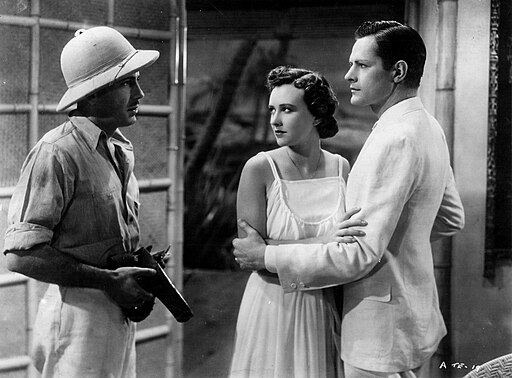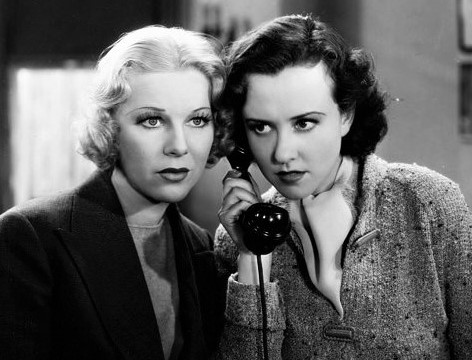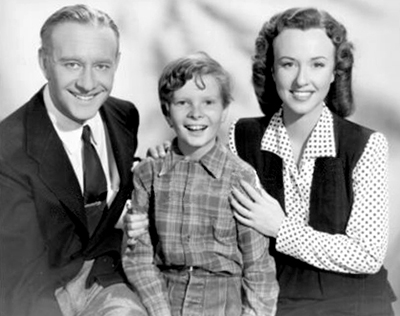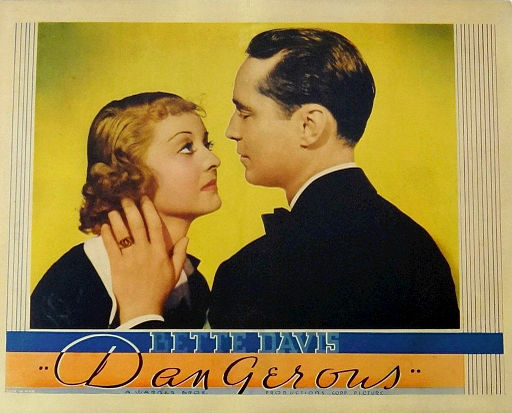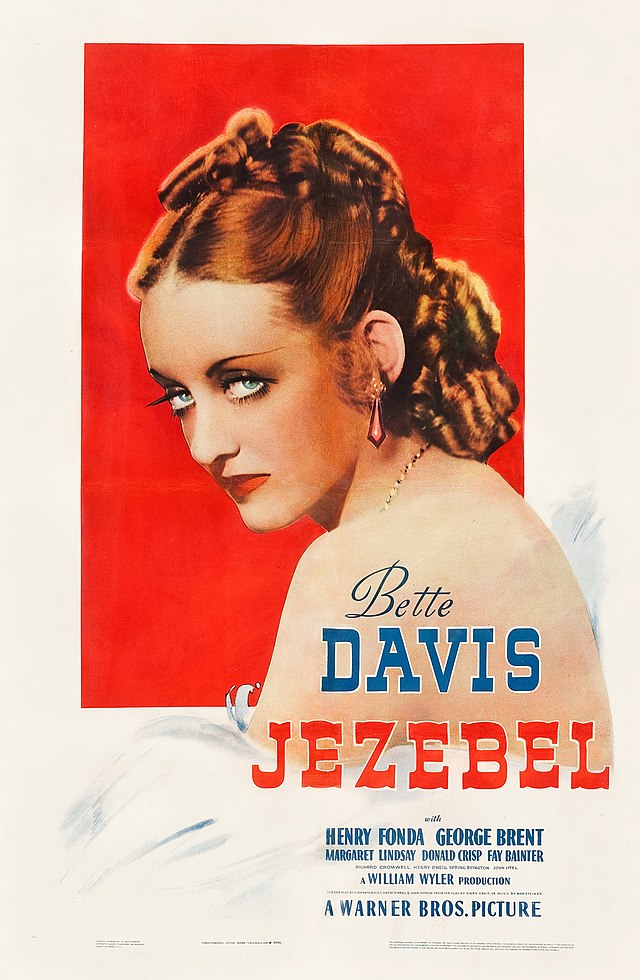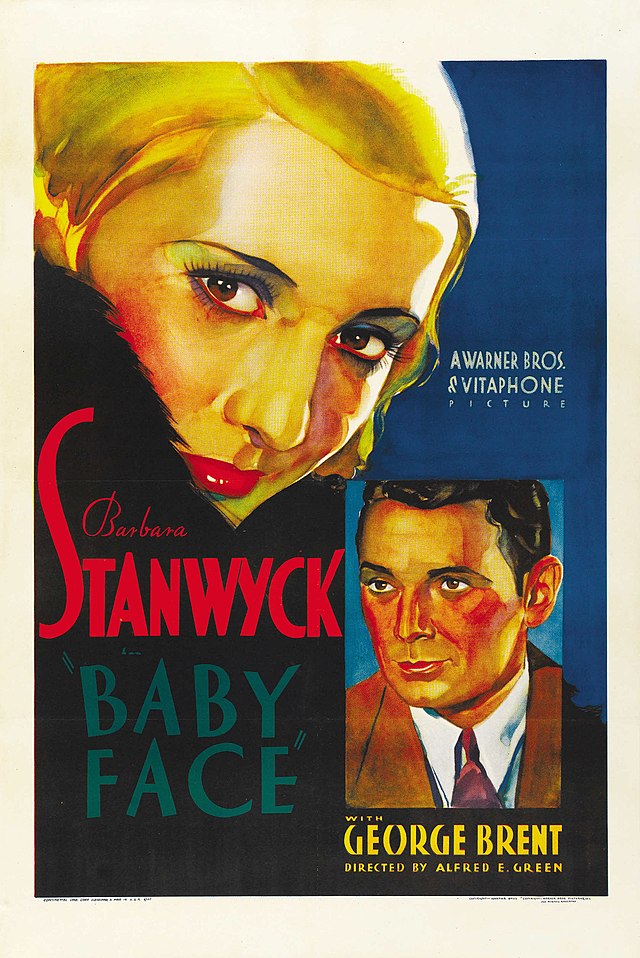Margaret Lindsay
back| Full Name | Margaret Kies |
| Stage Name | Margaret Lindsay |
| Born | September 19, 1910 |
| Birthplace | Dubuque, Iowa, USA |
| Died | May 9, 1981 |
| Buried | Holy Cross Cemetery, Culver City, California, USA |
| Married to | Unmarried |
| Children | None |
| Notable films | Jezebel (1938) - The House of the Seven Gables (1940) - Dangerous (1935) |
Margaret Lindsay
Hollywood's Elegant Understated Talent
Margaret Lindsay began her acting career on the stage but soon transitioned to film when she signed a contract with Warner Bros. in the early 1930s. Her early roles were often as the second female lead, where her poised and elegant demeanor was showcased.
She gained attention in films like "Cavalcade" (1933) and later had significant roles in "Jezebel" (1938) and "The House of the Seven Gables" (1940). Throughout her career, Lindsay appeared in over 80 films, working across various genres but predominantly in dramas and mysteries.
Related
Margaret Lindsay (1910 – 1981)
Biography and Career Overview
Early Years and Ascent to Stardom Born Margaret Kies on September 19, 1910, in Dubuque, Iowa, she was the eldest child in a family that valued education and the arts. Margaret's upbringing in a well-off family provided her with opportunities to explore her interests in the performing arts from a young age. She was educated at the Visitation Academy in Dubuque, where she initially cultivated her love for acting.
Seeking to professionalize her passion, Margaret moved to New York City to attend the prestigious American Academy of Dramatic Arts. Her talent quickly became apparent, leading to early roles in stage productions that showcased her acting capabilities. Her stage presence and refined acting skills caught the attention of Hollywood scouts, leading to a contract with Warner Bros in the early 1930s, marking the start of her film career.
Hollywood Career Margaret Lindsay's film debut was in the 1932 movie "Cavalcade," and she swiftly became known for her elegance and depth in acting. In Hollywood, she often portrayed sophisticated women, adept at playing both the lead and supporting roles. Her performance in "Jezebel" (1938) opposite Bette Davis and Henry Fonda is particularly notable, where she held her own against some of the era's cinematic giants. Throughout the 1930s and 1940s, she appeared in a variety of films, including mysteries, dramas, and romances, amassing over 80 film credits during her career.
Personal Life and Passions Despite her on-screen fame, Margaret Lindsay maintained a notably private personal life. She never married, a decision that was uncommon for actresses of her time, which often sparked curiosity and speculation. Lindsay was devoted to her craft and chose to focus on her career rather than marriage and family, which was a bold move for a woman during that era.
Off the screen, Margaret had a passion for the arts and was an avid reader and supporter of local theater productions. Her contributions to the arts were not limited to her film roles; she was known in her community for encouraging young actors and participating in charitable activities related to the arts.
Later Years and Death As the Golden Age of Hollywood waned, Lindsay transitioned into television during the 1950s, where she found new audiences. She continued acting into the 1960s, with occasional TV appearances thereafter. Eventually retiring in the early 1970s, she led a quiet life away from the limelight.
Margaret Lindsay passed away on May 9, 1981, from emphysema, a condition likely exacerbated by years of smoking, a common habit among actors of her generation. She died in Los Angeles, California, and was buried in Holy Cross Cemetery in Culver City, reflecting her wishes to remain in the city that marked her long cinematic career.
Margaret Lindsay short Video on her Life:
Highlights of the Career of Margaret Lindsay:
1930s
- 1932, "Cavalcade": In this drama, Lindsay plays Edith Harris, part of a story that traces the lives of two families in England from the Boer War to the 1920s, reflecting societal changes and personal triumphs.
- 1933, "The House on 56th Street": A drama where Lindsay plays the daughter of a woman who returns to society after serving a 20-year prison sentence only to find a vastly changed world.
- 1935, "G Men": Lindsay stars as Kay McCord, a legal secretary and the romantic interest in this crime film focused on the FBI’s fight against the organized crime wave of the 1930s.
- 1936, "The Law in Her Hands": A film about two women who form one of the first all-female law partnerships, with Lindsay playing Dorothy Davis, an aspiring lawyer navigating the male-dominated legal field.
- 1937, "Green Light": Lindsay plays Phyllis Dexter, involved in a romantic subplot in this drama about a surgeon facing a moral and medical crisis.
- 1938, "Jezebel": As Amy Bradford Dillard, Lindsay finds herself in a supporting but pivotal role in a film centered around a headstrong woman in 1850s Louisiana who creates waves in her community with her defiant behavior.
1940s
- 1940, "The House of the Seven Gables": Lindsay portrays Hepzibah Pyncheon in this adaptation of Nathaniel Hawthorne’s novel, centered around a cursed family and their ancestral home.
- 1941, "Ellery Queen and the Murder Ring": As Nikki Porter, Lindsay is involved in a mystery where Ellery Queen discovers a corrupt hospital administration linked to several murders.
- 1943, "The Thirteenth Hour": Playing Eileen Blair, Lindsay finds herself entangled in a plot revolving around a truck driver who is framed for murder by his own boss.
- 1945, "Scarlet Street": In a supporting role, Lindsay is part of a film noir about a man caught in a web of deceit and murder after falling for a young woman.
1950s
- 1951, "Two Dollar Bettor": Lindsay plays Mary Slate in this crime drama about a man whose life spirals out of control due to gambling addiction.
- 1953, "Casa Manana": In this comedy, Lindsay portrays Linda Klorer, involved in a story about theatrical producers trying to put on a show in a Mexican resort.
Analysis of Margaret Lindsay’s Acting Career:
Margaret Lindsay's acting style was characterized by a poised elegance and understated sophistication, which made her a perfect fit for roles that demanded grace and depth. Unlike some of her contemporaries who might have leaned towards more overt and dramatic expressions, Lindsay's approach was more nuanced and controlled, which lent an air of authenticity to her performances.
Technique and Approach
Lindsay was adept at embodying the subtleties of her characters, often bringing a layered emotional depth that resonated with audiences without resorting to melodramatic expressions. Her performances were grounded in a realism that was less common in the early days of Hollywood, where broader acting was the norm. This subtlety allowed her to effectively portray complex emotions and internal conflicts, making her characters feel more lived-in and real.
Typecasting and Versatility
Despite her range, Lindsay often found herself typecast as the genteel or aristocratic woman, a niche she filled with great aplomb. However, when given the opportunity, she demonstrated considerable versatility, adapting her style to fit a variety of genres from drama to mystery, and even film noir. Her performance in "Scarlet Street" (1945), for instance, showcased her ability to venture into darker, more cynical roles, contrasting sharply with her more dignified and composed characters in earlier films.
Screen Presence and Interaction
Lindsay's screen presence was compelling yet subtle. She had a way of commanding attention without overshadowing her co-stars, contributing to a dynamic and balanced on-screen chemistry, particularly evident in films where she played opposite stronger, more flamboyant characters, such as Bette Davis in "Jezebel". Her ability to hold her own against such powerful presences without seeming to compete for the spotlight is a testament to her skilled and thoughtful acting approach.
Influence and Legacy
While Margaret Lindsay may not have achieved the iconic status of some of her peers, her contributions to film were significant. Her acting style influenced the portrayal of nuanced female characters in cinema, paving the way for more understated and realistic performances. Critics and audiences alike appreciated her for her professionalism and consistency, traits that ensured her a successful career in a highly competitive industry.
Awards and Recognition:
Margaret Lindsay, despite her significant contributions to Hollywood's Golden Age and her competent and compelling performances, did not receive any major industry awards or nominations, such as those from the Academy Awards or Golden Globes, during her career. This lack of recognition in terms of awards is not uncommon for actors of her era, especially for those who primarily played supporting roles.
During Lindsay's time, the film industry was less expansive in its acknowledgment of actors, with major awards often focusing on lead actors in blockbuster films. As a result, many talented actors who excelled in supporting roles or in films that were not major commercial successes often went unrecognized by the major award-giving bodies.
Full List of Movies Starring Margaret Lindsay:
- 1932: "Cavalcade"
- 1932: "Okay, America!"
- 1932: "The Match King"
- 1933: "The Warrior's Husband"
- 1933: "Private Detective 62"
- 1933: "Fog Over Frisco"
- 1933: "Voltaire"
- 1933: "The World Changes"
- 1934: "As the Earth Turns"
- 1934: "Babbitt"
- 1934: "British Agent"
- 1935: "G Men"
- 1935: "Devil Dogs of the Air"
- 1935: "Bordertown"
- 1935: "Frisco Kid"
- 1935: "The Florentine Dagger"
- 1935: "Page Miss Glory"
- 1936: "The Law in Her Hands"
- 1936: "I Married a Doctor"
- 1936: "The Case of the Velvet Claws"
- 1937: "Green Light"
- 1937: "Mountain Justice"
- 1937: "Slim"
- 1937: "Back in Circulation"
- 1938: "Jezebel"
- 1938: "Garden of the Moon"
- 1938: "The Sisters"
- 1939: "Hell’s Kitchen"
- 1939: "The Old Maid"
- 1939: "British Intelligence"
- 1940: "The House of the Seven Gables"
- 1940: "Ellery Queen, Master Detective"
- 1940: "The Mad Empress"
- 1940: "Ellery Queen's Penthouse Mystery"
- 1940: "Ellery Queen's Grand Slam"
- 1940: "The Case of the Black Parrot"
- 1941: "Ellery Queen and the Perfect Crime"
- 1941: "Ellery Queen and the Murder Ring"
- 1941: "Dangerously They Live"
- 1942: "A Desperate Chance for Ellery Queen"
- 1942: "Enemy Agents Meet Ellery Queen"
- 1943: "The Thirteenth Hour"
- 1943: "No Place for a Lady"
- 1944: "Murder in the Blue Room"
- 1945: "Scarlet Street"
- 1946: "The Vigilantes Return"
- 1947: "Sport of Kings"
- 1951: "Two Dollar Bettor"
- 1953: "Casa Manana"

